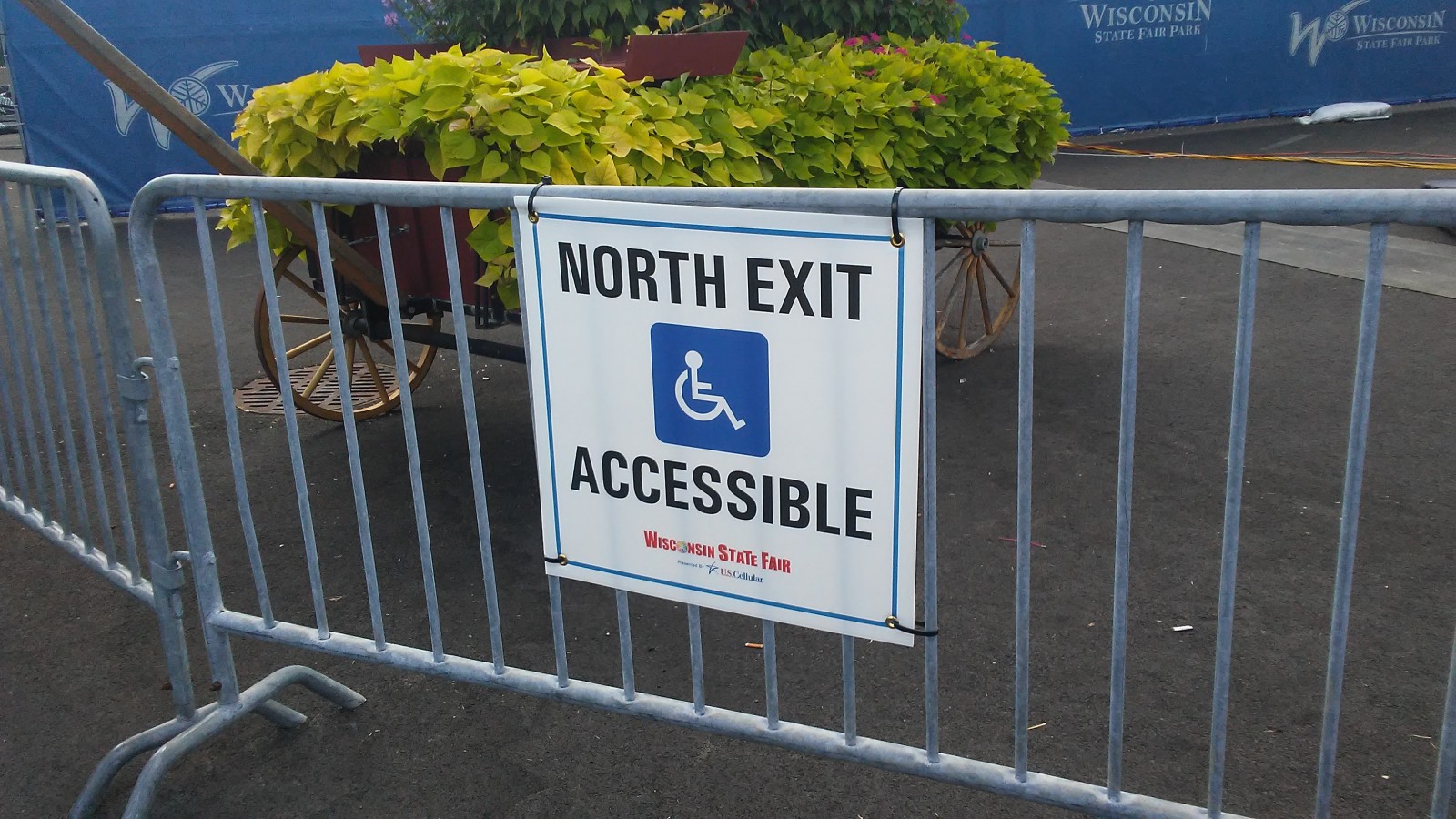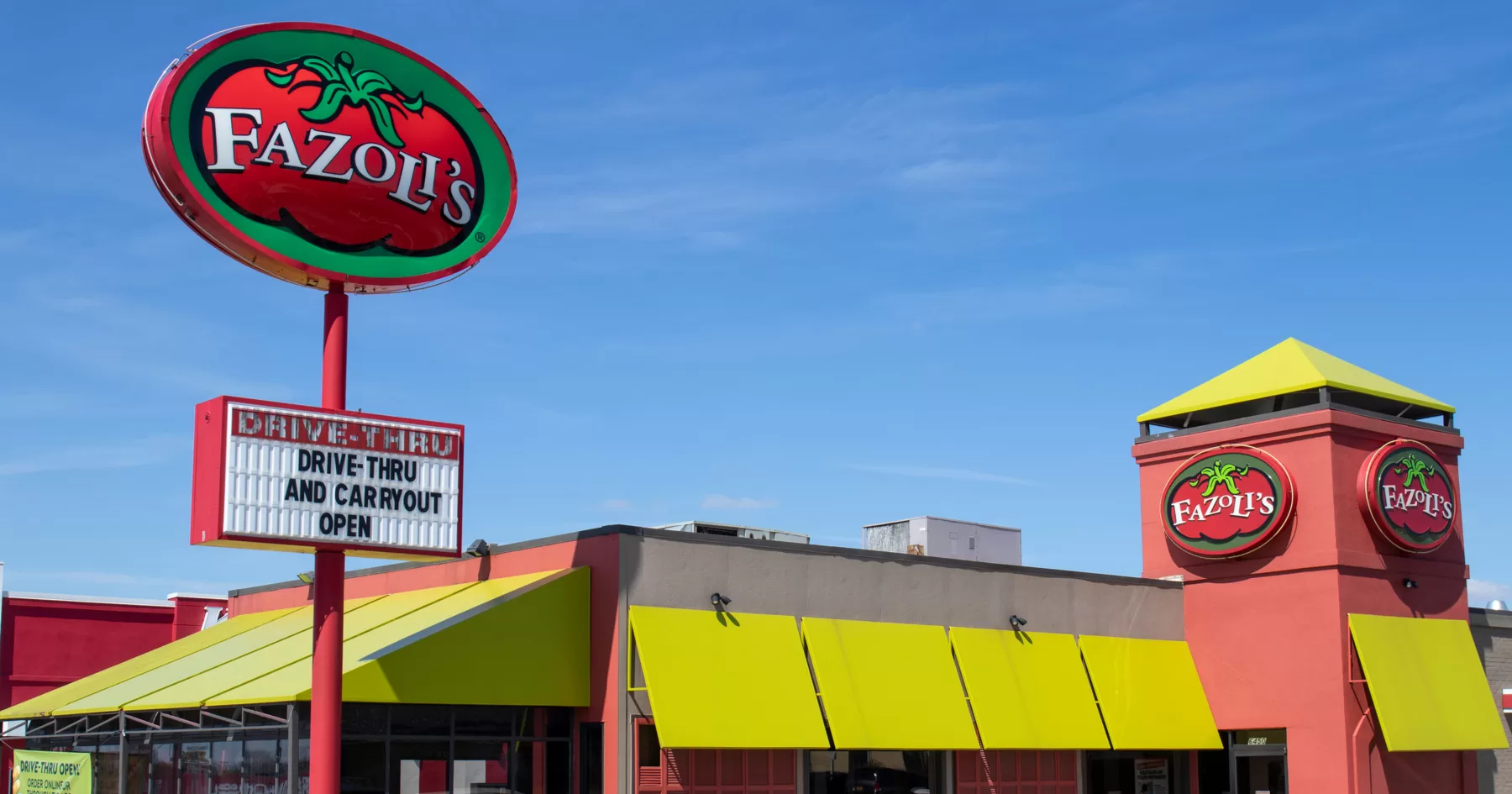Throughout Namine’s life, we have been forced to rethink what accessibility means. We have encountered situations that required improvisation to work — in our own home as well as out and about — and we’ve met people who didn’t know any better. Sometimes people are willing to learn; sometimes not.
State capitol
A few weeks ago, we visited the state capitol building in Madison. We happened to visit on the day that there was a big event; moving trucks were parked outside every entrance. Unfortunately, those trucks were all blocking the way for wheelchair users to get into the building.

We were able to squeeze Namine’s wheelchair through, but only just. She’s on wheelchair number three; we fully expect that this one will serve until past adolescence, and as such, it’s pretty large (but not super heavy, thank goodness). If she were in an adult-sized wheelchair, I don’t know if she’d have been able to get through. The only way she’d have gotten past is if I’d carried her or if she’d climbed out of her wheelchair and up the steps, then back into her chair.
State fair
Last year, we went to the Wisconsin State Fair. We were in line for the giant Ferris Wheel, and an employee had informed us that there was a handicap accessible ramp to the Ferris Wheel around the back, so we followed him.
When we turned the corner, however, we were filled with dismay. There was a ramp, yes, but it was most certainly not wheelchair accessible. It was set on a wooden block, much too high for Namine’s wheelchair to get up, even if she popped a wheelie. If she had attempted it, she surely would have tipped backward. I ended up having to pick Namine up and carry her the rest of the way to where we got on the Ferris Wheel.

Lack of consideration
We came out of a restaurant and found a car parked directly in front of the ramp, making it impossible for Namine to get off the sidewalk. My wife told them, “You can’t park here. You’re right in the way of the ramp, making it very difficult for people in a wheelchair.”
The person refused to move. They responded, “I was just here for a minute. The drive through messed up my food.”
My wife replied, “It doesn’t matter. You’re in the way for people who need to use that ramp.”
“Whatever, shut up!” They refused to move until their passenger came out with the food, after which they drove off without a word of apology.
Partial accessibility doesn’t count
We stayed at a motel during Namine’s school testing. This particular motel had a handicap sticker on their front door, and a handy motion-activated sliding door which opened when approached.
This motel did not, however, follow through on their accessibility. Inside the sliding door was a pair of plain old manual doors, still requiring us to help Namine inside.

When I spoke to the concierge at the front desk about this, she seemed understanding. She apologized for the inconvenience, and promised to speak with her supervisor about it. Whether or not that was an empty promise, I don’t know. I do know that she seemed receptive. We did our part; it’s in their hands, now.
Accessibility shouldn’t be an afterthought
My parents have a timeshare at a condo in Florida. Until recently, there were steps leading from the pool area to the beach. A few years ago, they replaced the stairs with a ramp. This was no act of benevolence; something had happened to a member of the owner’s family, forcing them to make the property more accessible.
There are properties all over the place which need better accessibility. Current accessibility laws require new buildings to adhere to ADA standards, but many existing establishments don’t have to. We need more awareness and accountability. People have to care about accessibility before not having it will affect them.




Leave a Reply